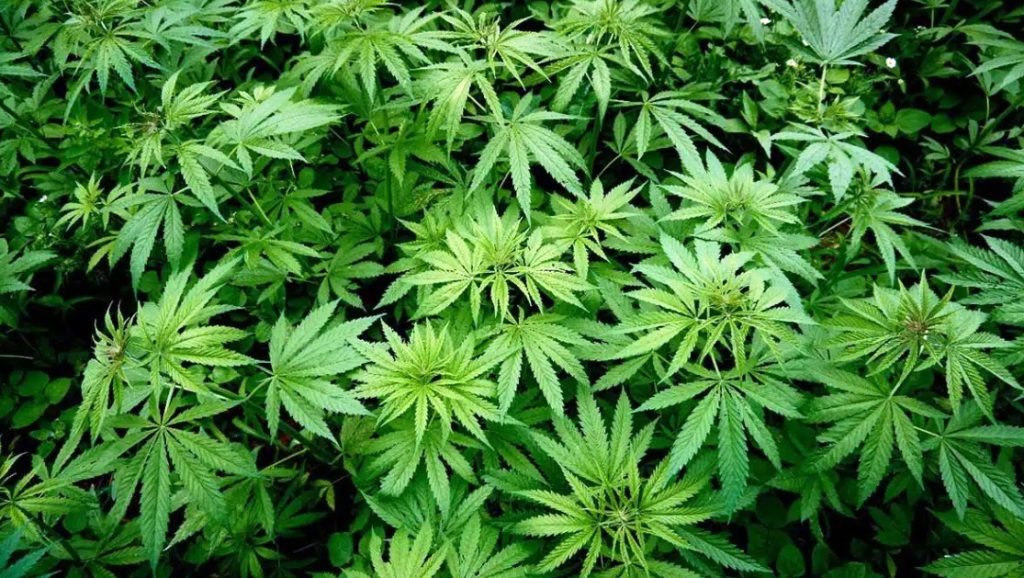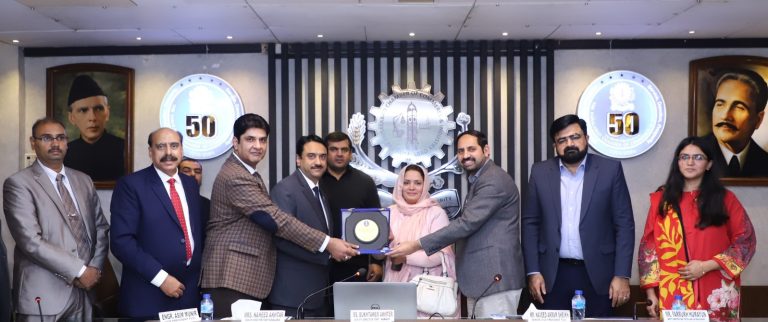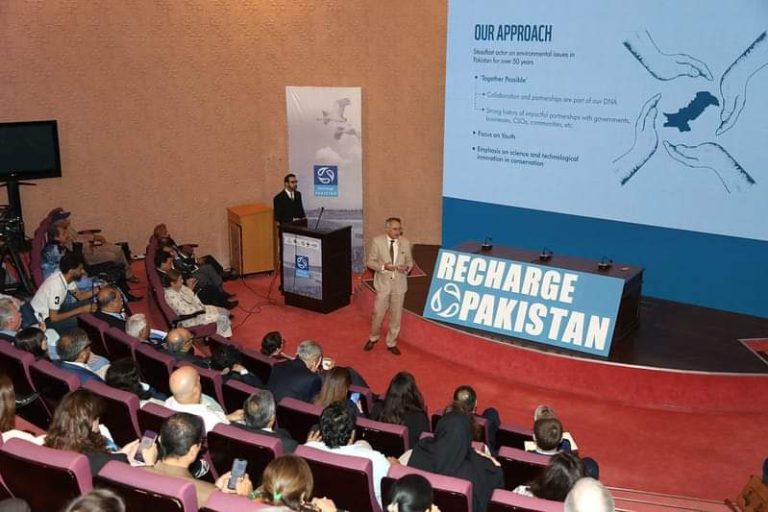Harnessing Industrial Hemp: A Sustainable Solution to Climate Change and Economic Revitalization

The University of Agriculture Faisalabad (UAF) hosted an International Stakeholder Workshop and Exhibition on the Industrial Hemp Value Chain, bringing together experts from China, the United States, Japan, Mongolia, Malaysia, India, Thailand, Italy, and Pakistan. The three-day event underscored the immense potential of industrial hemp as a sustainable and eco-friendly alternative to conventional crops, offering solutions to address the dual challenges of climate change and the declining cotton industry.
Cotton Decline and Hemp Opportunity
Speakers highlighted Pakistan’s diminishing cotton production, which has dropped from 14 million bales in 2014 to 10 million in 2024, posing a severe threat to the country’s textile industry. They emphasized the need to promote industrial hemp, a crop known for its sustainability and adaptability, as a viable replacement.
UAF Vice Chancellor Prof. Dr. Muhammad Sarwar Khan stressed the importance of collaborative efforts among experts, policymakers, and industry to develop a strategic framework for industrial hemp. He called the workshop a significant step toward harnessing hemp’s potential to address the environmental and economic challenges posed by climate change.
University of Kamalia Vice Chancellor Prof. Dr. Yasir Nawab pointed out that sustainable fibers like hemp could fill the gap left by declining cotton production. Hemp requires less water and resources, making it a practical choice for addressing water scarcity and other environmental challenges.
Hemp’s Climate Benefits
Industrial hemp stands out as a climate-resilient crop. Dr. Zahir Ahmad Zahir, Director of Soil Science at UAF, noted that hemp farming reduces the carbon footprint significantly. It is versatile, eco-friendly, and can be used in various industries, including textiles, paper, furniture, cosmetics, and healthcare.
Dr. Omar Altan Siddique from the Industrial and Medical Hemp Foundation highlighted the water efficiency of hemp textiles, which consume 70% less water than cotton. Hemp also revitalizes soil, reduces erosion, and can absorb significant amounts of CO2—up to five million tons per harvest with 500,000 acres under cultivation.
Advancements in Hemp Production
The UAF has made notable progress in establishing a value chain for hemp. Dr. Saddam Hussain shared that non-toxic hemp material has been selected, and its agronomy optimized. Collaborations with industry partners have led to the development of prototypes, including fabric and knitwear. These initiatives demonstrate the feasibility of hemp as an industrial resource in Pakistan.
Socioeconomic Potential
Experts also highlighted hemp’s capacity to drive economic growth and rural development. Dr. Nadeem Akbar, Chairman of Agronomy at UAF, emphasized hemp’s potential to empower farmers, processors, and innovators, creating inclusive growth opportunities. Strategic supply chain planning and local community engagement are essential for the success of the hemp industry.
Dr. Asad Farooq, Chairman of Textile Engineering, stressed that hemp provides a sustainable solution to challenges faced by agriculture and the textile industry, offering a pathway to environmental and economic prosperity.
Exhibition and Technical Discussions
The event also featured an exhibition showcasing hemp-based products, drawing significant attention from participants and the local community. Technical sessions addressed advancements in hemp cultivation, processing, and its applications across industries, reflecting the global recognition of hemp as a resource for sustainable development.
The workshop concluded with a unanimous call to position industrial hemp as a key cash crop in Pakistan, capable of mitigating climate change impacts while revitalizing the textile industry. With its minimal resource requirements and environmental benefits, hemp can significantly contribute to a greener and more resilient future for Pakistan.
By promoting research, innovation, and strategic planning, stakeholders aim to unlock the estimated $4 billion annual economic potential of the hemp industry, paving the way for sustainable development in an era of climate change.






